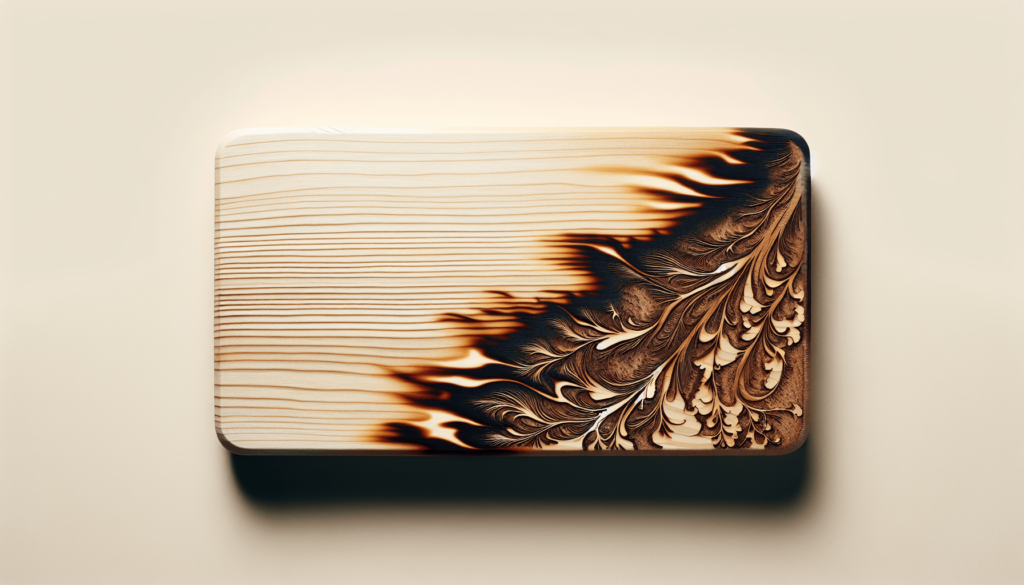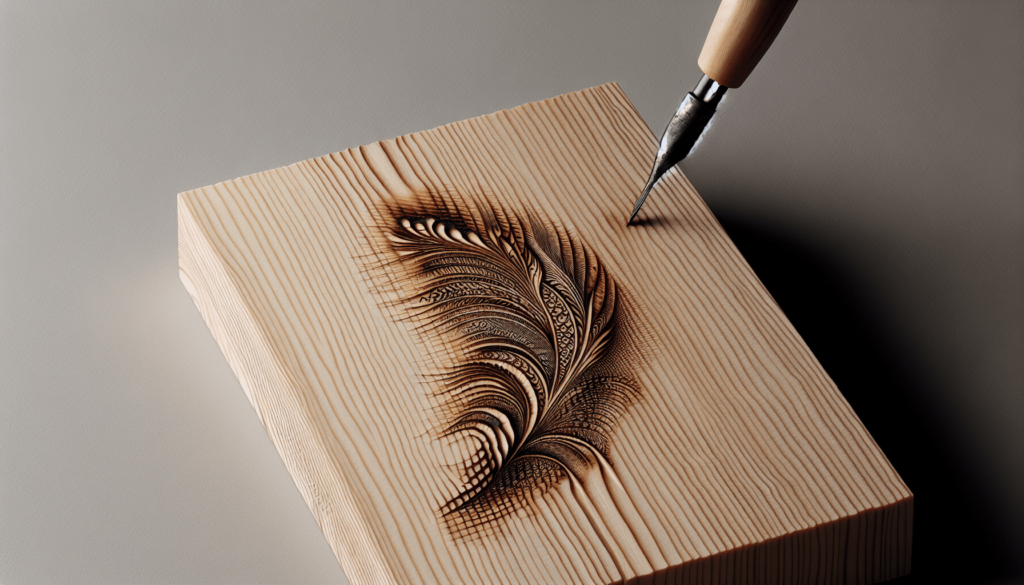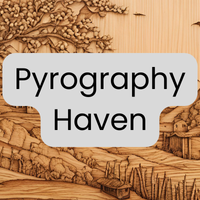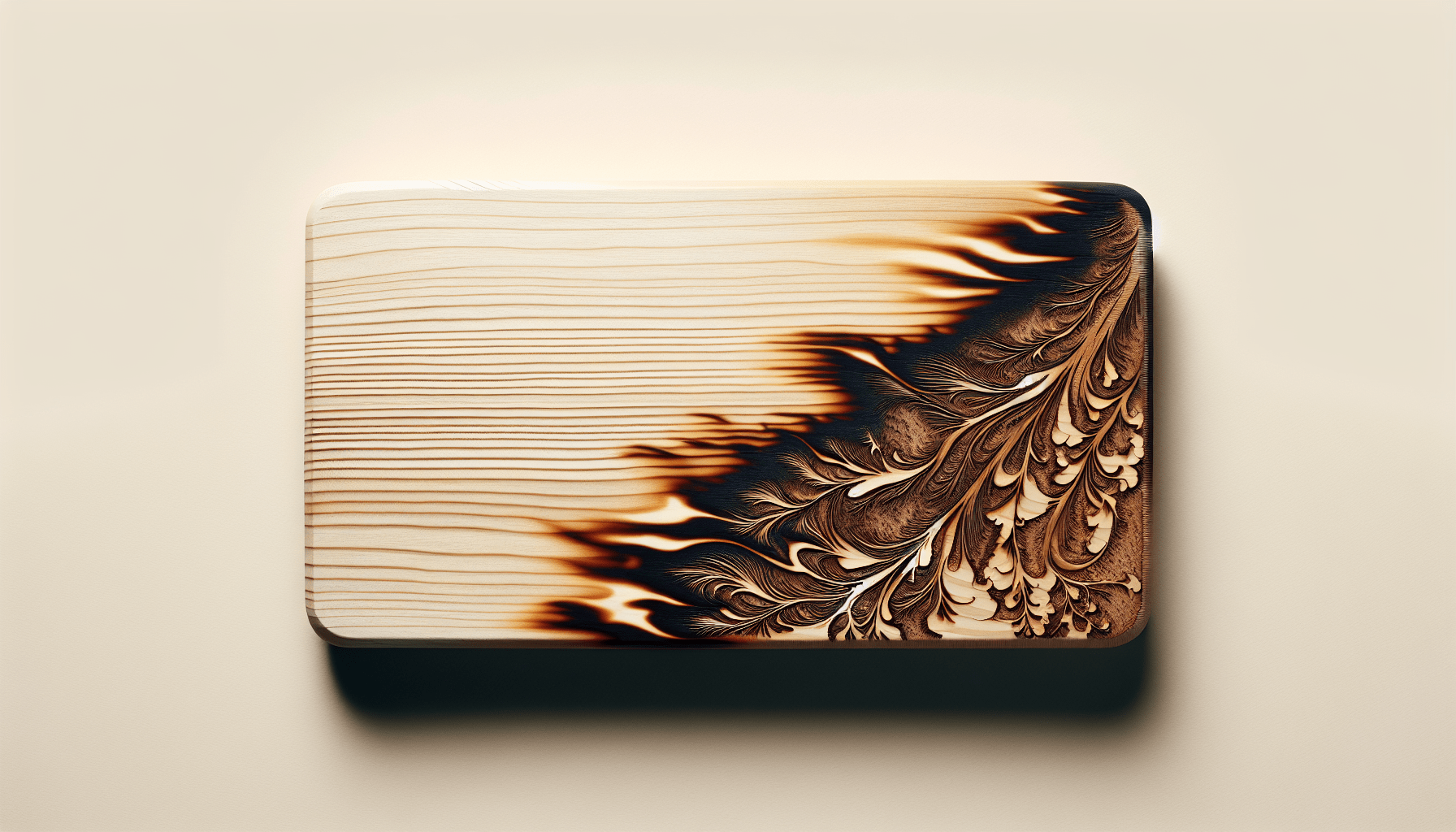When I first picked up the art of pyrography, or wood burning, I was eager to try my hand on different types of wood. One common question I had was whether pine, a readily available and affordable option, was bad for pyrography. From my experience, although pine’s soft texture and resinous nature can offer unique challenges—like uneven burning and sap release—it can still produce beautiful results with some extra care and technique adjustment. This article dives into the nuances of working with pine wood for pyrography, offering tips and insights to help you make the most out of this material. Have you ever wondered, “Is pine bad for pyrography?” I, too, have asked myself this exact question more times than I can count. And let me tell you, it’s not a straightforward yes or no answer. Pyrography, the art of burning designs into wood, opens up a whole world of possibilities, and the type of wood you use can radically alter your experience and results.

Understanding Pyrography
Before diving into the specific wood types, let’s get on the same page about what pyrography actually is. At its core, it’s like painting with fire. You use a heated instrument, often called a pyrography pen, to burn images, text, or patterns onto a wooden canvas. It sounds pretty badass, right? And it is. But like all things with an element of danger, there’s a catch—actually, several catches.
The Basics of Tools and Techniques
To be any good at pyrography, you need some basic tools: a pyrography pen, a wood-burning tip, and, of course, wood. The pen heats up, allowing you to burn designs into the wood. Now, don’t run out and start burning all your Ikea furniture just yet. It’s essential to understand how different woods react to the heat and pressure. Otherwise, you could end up with a murky mess instead of a masterpiece.
Why Wood Choice Matters
Just as a painter carefully selects their canvas, a pyrography artist must thoughtfully pick their wood. Different types of wood have varying textures, grain patterns, and hardness levels. These characteristics directly influence how the wood burns, holds the design, and ultimately, how your creation will look.
So, What’s the Deal with Pine?
Now that we’re on the same page, let’s get back to our primary question: Is pine bad for pyrography?
The Anatomy of Pine
Pine is one of the most common, readily available, and affordable woods out there. You’ve probably bumped into pine at your local hardware store or maybe even chopped some down during the holidays. It’s a softwood, meaning it has a relatively low density, and this lightness makes it easier to cut and shape. But it also comes with its own set of hurdles.
Pros and Cons of Using Pine for Pyrography
Here’s where things get intricate. Pine has some advantages but also quite a few drawbacks when it comes to pyrography. Let’s break these down.
| Pros | Cons |
|---|---|
| Affordable | Uneven Grain |
| Readily Available | High Resin Content |
| Easy to Work With | Burning Issues |
Pros of Pine
- Affordable: Pine won’t break the bank. It’s one of the most economical choices if you’re stepping into pyrography for the first time.
- Readily Available: You can find pine just about anywhere, making it accessible for most people no matter where you live.
- Easy to Work With: Its softness means you can easily sand, cut, and prepare it for burning without needing specialized tools.
Cons of Pine
- Uneven Grain: Pine often has a very noticeable grain pattern. While this might look beautiful on furniture, it can be a nightmare for pyrography. The grain varies in hardness, causing your burning tool to glide smoothly one moment and snag the next.
- High Resin Content: Pine has a high resin content, which can cause your pyrography tip to gum up and even result in unwanted black marks.
- Burning Issues: The softwood nature of pine makes it easy to burn too deeply. Controlling the depth and darkness of your lines can become an arduous task.
Not All Pine is Created Equal
It’s crucial to understand that not all pine varieties are the same. Some are slightly more favorable for pyrography than others.
| Type of Pine | Characteristics |
|---|---|
| Eastern White Pine | Soft, consistent grain, still resinous |
| Sugar Pine | Soft, somewhat less resinous |
| Ponderosa Pine | Harder, higher resin content, uneven grain |
| Southern Yellow Pine | Very hard, very high resin content |
The type of pine you choose will influence your pyrographic work significantly. If you can get your hands on Eastern White Pine, you might have a smoother ride compared to something like Southern Yellow Pine.
Tips for Burning on Pine
If you’re a brave soul who decides to dive into the pine pool, here are some tips to make your experience less grueling.
Preparing the Wood
Start by thoroughly sanding your pine surface. I mean it—get the grit out. Begin with a coarse sandpaper (around 80 grit) and work your way up to a finer one (220 grit). This will help in creating an even surface, reducing the effects of uneven grain.
Controlling the Heat
When burning on pine, it’s easy to go too deep too quickly. Keep your pyrography pen at a lower temperature to begin with. You can always go over your lines to darken them, but lightening a too-dark line is next to impossible.
Clean Your Tips Regularly
Remember that high resin content we talked about? This will gunk up your pyrography tips in no time. Keep a soft brass brush handy to clean them frequently so you don’t end up with blobs of resin on your work.
Practice Makes Perfect
Maybe this sounds cliché, but it’s especially true for pyrography. Start with some test pieces to get a feel for how the pine reacts to different pressures and temperatures. Practice, experiment, fail, and then fail some more. Your masterpieces will eventually emerge from the chaos.
Alternatives to Pine
Maybe at this point, you’re thinking, “Alright, pal, pine sounds like a real headache. What else can I use?”
Basswood
Basswood deserves the top spot for pyrography enthusiasts. It’s soft but has a fine grain, making it easier to achieve detailed designs. It also lacks the high resin content of pine, so your tips will stay cleaner for longer.
Birch
Birch is another great option. It’s a bit harder than basswood but still soft enough to work with. Birch has a fine, even grain, and it takes to burning well, offering a smooth, consistent finish.
Maple
If you’re looking for more of a challenge after experimenting with softer woods, maple might be an excellent middle ground. It’s harder than basswood and birch, making it trickier but also offering a unique texture and finish.
Poplar
Poplar is another softwood option, similar to basswood but usually a bit cheaper. It’s not as uniformly soft as basswood, though, so you might have to do some more experimenting to get the hang of it.

Conclusion: To Pine or Not to Pine
So, is pine bad for pyrography? It’s not the best, but it’s not the worst either. Pine comes with its challenges: the uneven grain, high resin content, and the propensity to burn too deeply. However, with some practice, patience, and preparation, you can still create beautiful works of art on pine.
Would I recommend pine to someone just starting in pyrography? Probably not. I’d steer them toward more forgiving options like basswood or birch initially. But for those who have some experience under their belts and are up for a challenge, working with pine can add a unique character and texture to your projects.
At the end of the day, the wood you choose will depend on your comfort level, budget, and the specific look you’re aiming for. So fire up that pyrography pen and get burning—whether it’s on pine or another wood, your creativity is the only limit.
And remember, even if your first attempts look like something a caveman might have done, you’re creating art with fire. How cool is that?

